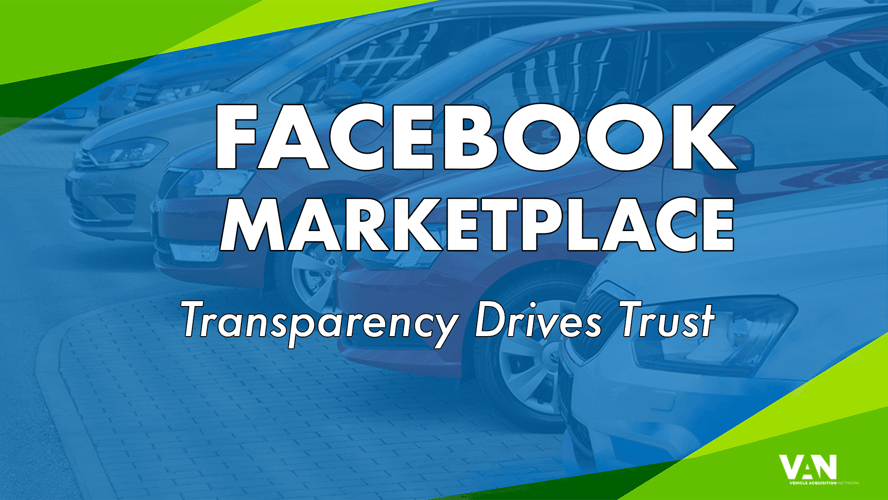
Back in 2018, we had the opportunity to meet Billy Beane at the Hireology Conference in Chicago. Aside from being a great conference held by Adam Robinson and his team, the opportunity to hear Billy speak and meet him was a memorable experience. Billy Beane is the legendary General Manager of the Oakland A’s who together with Paul DePodesta changed the way Major League baseball teams scouted and signed players.
Billy and Paul were able to do this by using statistical analysis of players that at first appearance, weren’t the typical heavy hitters most MLB teams were pursuing. Hearing Billy speak firsthand about the approach that he and his management team left me thinking about how much the used vehicle market has changed over the past ten years.
The advent of vAuto has given dealerships the ability to identify the fastest turning, highest return on investment vehicles in any market using, you got it, statistical analysis.
As the Velocity method of used vehicle inventory management has evolved and after reading Dale Pollak’s newest book, Gross Deception, has had me thinking a lot about how a good cross section of dealers now have that same statistical capability that a decade ago was only being applied by a handful of dealers. This translates into the ability to determine the when, what and where for used inventory sourcing when used diligently.
Every individual that we have contacted about buying their vehicle is a customer (human) interaction. It’s very easy to classify these as “leads” or “opportunities” but the reality is that each of these vehicles represent a human interaction. Often the person behind the vehicle was already apprehensive about working with a dealer and doesn’t completely understand the value proposition behind selling their vehicle in this manner.
It's tempting, when first starting to acquire vehicles directly from consumers, to lowball or at least undervalue potential acquisitions that are directly from consumers. Setting low or very low cost to market pricing for consumer acquisitions often leads to not acquiring the vehicles or worse, providing a consumer with a negative experience that in turn creates negative reviews.
Where at the auction, we often bid up to buy the desirable, fast turning vehicles we need to replenish our inventories. We will often do the same to put a deal together on a new vehicle, adding to the value to make the deal happen.
Why don’t we factor in the cost differences when acquiring private party vehicles? If we know that an identical vehicle that can be acquired from a private party seller would cost us additional auction lane fees, transport and other associated costs, we should be factoring these acquisition costs, or at least be considering these costs when buying from a private party.
One of our most common objections from consumers and dealers when starting a private party acquisition program or buy center is that the sellers’ price expectations are too far apart to make the purchase. We believe the above is one of the common causes for being “too far apart” in pricing.
We put together a list of factors to consider when buying vehicles directly from consumers that will help to put the pricing for private party acquisition channel into perspective.
1) What would this vehicle cost if I were to buy it at auction? (inc. fees)
2) What is the average “cost to market” metric for the vehicle?
3) What is the “market days supply” for the vehicle?
4) What is the “retail sales volume” for this vehicle?
Using a transparent pricing model, factoring in the additional cost of acquisition of the same or similar vehicle at auction, the cost of not providing a premium consumer experience and the rapid “time to line” a private party acquisition presents, I think most of us would be willing to go a little further or add money to the consumer offer.
In fact, using the same principles above Carmax and now Carvana have transformed the private party acquisition process into a positive consumer experience that is frictionless and mirrors so many of the other Internet enabled processes that provide us with convenience and value.
Going back to Billy and Paul from the Moneyball approach, if we change our perspective about hitting the grand slam or home run on every vehicle we put a price on and begin using the statistics that we have access to already, we can instead hit singles, doubles and triples while acquiring more vehicles and improve the consumer experience in this arena, we too can develop an all-star approach to acquiring vehicles from consumers.





